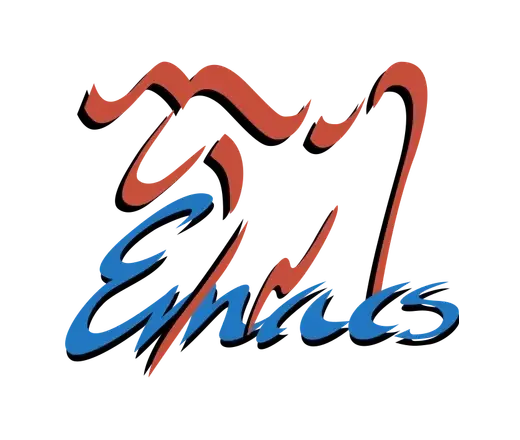- 2 Posts
- 9 Comments
Not sure how plain
ivysorts its candidates, but do you have by chance any additional package installed? A package, which re-sorts the candidate list? A Package likeprescient,smex,flx,historian, …?

 1·11 months ago
1·11 months agoregarding Elisp:
Consider using and contributing to the packageshelpfuland/orelisp-demos.
In case a SLY user is reading this. Sly brings
sly-switch-to-most-recent, you might have to bind it toC-c C-zyourself insly-mrepl-mode-map.

 1·11 months ago
1·11 months agoHere is a video showing two more variants:

 1·11 months ago
1·11 months agoYes
isearchis powerful, but you have to learn and remember its keybindings, because if you don’t: isearch quits (and I need to start that search at the beginning).Isearch’s help
C-h bdoesn’t make it better, because I would need to scroll that long list in the help window, but if I do so … isearch quits.Therefore I installed the package isearch-mb (*) and used
easy-menuto add a drop down menu for isearch. Now, if I can’t remember an isearch keybinding, I am able to look at the menu bar, without isearch quitting.(*) As always with Emacs: there are other ways to solve that.

 1·11 months ago
1·11 months agothanks!
I found this: https://lists.gnu.org/r/bug-gnu-emacs/2023-07/msg01135.html
From above link:
Those files have setno-byte-compiletot, but Emacs needs to open those files (and reports it) in order to see this setting.So, setting
native-comp-jit-compilation-deny-listwon’t do any harm here. I will use it to suppress this messages.

 1·11 months ago
1·11 months agoYou got me interested, but I never worked with
ob-plantumlbefore. I’d like to try it myself.Could you please give a full working example? One with org-block arguments and working export to latex/pdf.
Or link a tutorial?

 1·11 months ago
1·11 months agoMaybe we just need smarter auto complete frameworks that take the frequency of symbol use into account,
Since quite some years there is company-prescient in case you are using Emacs with
SLIME/SLYandcompany.el. Look at its readme to learn there exist other similar packages (Imo since more than a decade already).
That’s is a good idea! Despite what all others say. I’m doing this since years with my Linux box(es).
But you need to know, that self compiled programms should be stored below the filesystem tree
/usr/local/.There is a tool called
stow, it has a package in most Linux distributions.Install
stowinto host and VM and create a directory/usr/local/stow/in both (host an VM).When compiling Emacs or other programs use the
--prefixoption ofconfigure. E.g.cd emacs-src; ./configure --prefix=/usr/local/stow/emacs-v29.1. Then compile Emacs and install it in the virtual machine. After that, tar the folder/usr/local/stow/emacs-v29.1and unpack it onto the host into the same directory. Then change dir into/usr/local/stowand runsudo stow emacs-v29.1. Maybe you need to install some libraries onto the host, useldd /usr/local/bin/emacsto see, what libs you need. Then you are ready to use emacs. It is possible to have multiple versions of emacs installed and only one needs to be “activated” via stow.